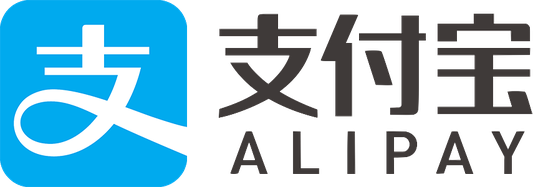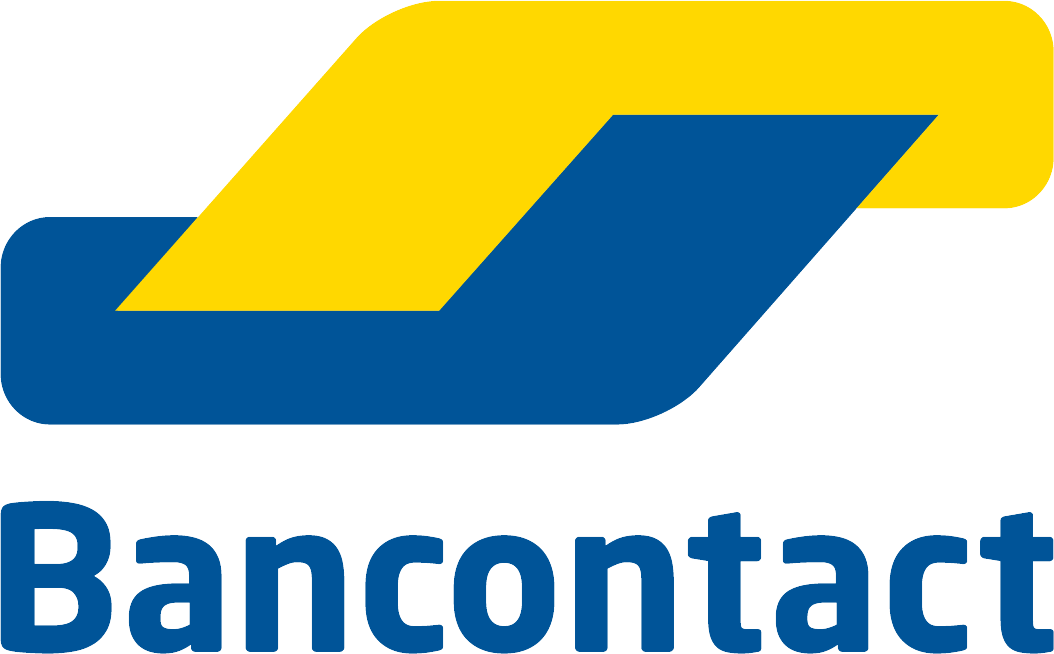
We help businesses accept payments online.
Credit cards are a popular payment method in Japan and a must-have for global eCommerce merchants.
They can be quite challenging to implement, though, due to how strict and unique Japan`s credit card security regulations are. In April 2025, two major updates were introduced: 3D Secure 2.0 (3DS2)and Strong Customer Authentication (SCA).
Mandatory for all merchants offering credit card payments, the goal is to improve consumer protection and enhance fraud prevention. Non-compliance can result in failed transactions, lost revenue, and legal repercussions.
This guide gives an overview of the 2025 regulatory changes and provides practical steps for implementing 3DS2 and SCA. It also explains how partnering with a payment gateway like Komoju can simplify compliance and ensure a smoother and more secure checkout experience.
Understanding Japan’s Credit Card Security Guidelines
Credit card security is a national priority in Japan as part of the country’s efforts to strengthen its eCommerce system. Understanding the background behind the guidelines can help you ensure compliance and maintain secure transactions for your business.
Overview of the Credit Transaction Security Council of Japan
Japan’s Credit Transaction Security Council is the national governing body for credit card security.
It is a collective of credit card companies, Payment Service Providers, government agencies, and other stakeholders. The main responsibilities are creating fraud prevention standards, which are then adopted across the country.
Objectives of the Guidelines
The guidelines aim to protect consumers and businesses against the risks of fraudulent payments. The key goals are to build consumer trust and improve security measures by:
- Reducing fraudulent transactions and chargebacks
- Enforcing secure customer authentication (SCA)
- Enhancing consumer trust in online shopping
- Building consumer trust in eCommerce
Who Must Comply
Compliance is required by all merchants that sell to and accept payments from Japanese customers. This includes foreign-based merchants and cross-border eCommerce businesses.
Whether you operate locally or overseas, as long as you have customers in Japan and accept credit card payments, you are expected to comply with the updated 3DS2 and SCA requirements.
Historical Context
2018–2023: Emphasis on PCI DSS and Tokenization
Between 2018 and 2023, Japan followed global standards, specifically the Payment Card Industry Data Security Standards (PCI DSS). The focus was on data management, and the mandate was to protect sensitive information submitted by cardholders.
At this time, tokens were used to replace submitted sensitive card data. During tokenization, sensitive information is replaced with a placeholder or substitute (a token). Tokens don’t have real meaning or value and cannot be compromised. This reduces the risk of storing and transmitting actual card details, ensuring data security and simplifying compliance with PCI DSS requirements.
2025: Shift to Real-Time Identity Verification and Strong Customer Authentication (SCA)
Online fraud has been getting more sophisticated. As a response, Japan’s Ministry of Economy, Trade, and Industry (METI) and the Japan Consumer Credit Association (JCA) revised the Credit Card Security Guidelines. The revisions became effective on April 1, 2025, and require Strong Customer Authentication (SCA) for all online card transactions.
SCA makes online transactions more secure by asking for multi-factor authentication to verify a customer’s identity. Japan uses EMV 3-D Secure (3DS), which asks for real-time identity verification. These updated guidelines apply to all businesses that process online credit card payments and serve Japanese customers, including those based outside Japan.
What’s New in the 2025 Updates
3DS2 Becomes Mandatory
In the updates, 3D Secure 2.0 (3DS2) is now mandatory for all eCommerce card transactions, and is required by all major credit card brands.
This aligns with international SCA best practices and applies to both one-time and recurring (card-on-file) payments.
Enhanced Strong Customer Authentication (SCA)
Authentication is required at checkout and is supported through 3DS2, biometrics, SMS codes, or authentication apps.
Two-factor authentication (2FA) requires stronger measures to verify identity. Authentication must include two or more of the following:
- Something the customer knows (e.g., password)
- Something the customer has (e.g., phone or app)
- Something the customer is (e.g., fingerprint or face recognition)
Chip-and-PIN for In-Store
Magnetic stripe and signature transactions are being phased out for brick-and-mortar stores, and Chip-and-PIN is now required.
AI-Powered Fraud Detection
Merchants are being encouraged to use AI-based fraud detection tools. This allows them to take a proactive approach and detect suspicious purchasing behavior.
Global Context
The updates are comparable to PSD2 and SCA in the EU. However, Japan applies SCA differently and has stricter enforcement for shoppers using domestic credit cards.
Roles and Responsibilities
It is important to define the roles of both the merchant and their payment service provider (PSP).
The PSP provides 3DS2 support, transaction routing, and compliance infrastructure.
As the merchant, you are responsible for implementing SCA, UX localization, and maintaining data security standards.
The Impact of Non-Compliance on Your Business
Non-compliance can affect your business operations, profitability, and brand perception.
Failed Transactions and Revenue Loss
Under the revised guidelines, credit issuers may decline payments that are missing or have faulty SCA. It’s, therefore, important to make sure that payments meet 3DS2 or 2FA rules.
High Cart Abandonment Rates
Authentication failures or security issues can lead to higher cart abandonment and negatively impact conversion.
Penalties and Card Processing Restrictions
Non-compliant merchants can be restricted or blocked by Japanese networks from processing domestic cards. They can also face potential fines.
Increase in Chargebacks
Without 3DS2, merchants increase the chances of chargebacks and can lose liability and fraud insurance from card brands.
Negative Brand Perception & Loss in Consumer Trust
Japanese consumers expect a secure, seamless checkout experience. Non-compliance makes them question the credibility of the brand, especially in a very cautious consumer market like Japan.
Challenges for International Merchants Expanding into Japan

Incompatible Global Gateways
Many non-Japanese payment service providers (PSPs) don’t support Japan’s Strong Customer Authentication (SCA), 3DS2, and other local regulatory requirements. This can result in failed transactions and compliance risks.
Poorly Localized Checkout Experiences
It’s important to localize checkouts with Japanese address fields, proper yen formatting, and give Japanese shoppers a UI experience that is familiar and seamless.
Card-on-File and Subscription Failures
All recurring payments from subscriptions must pass 3DS2 and SCA checks, including saved cards. Without the correct implementation, recurring billing fails, which affects the user experience and revenue.
Redirects and Pop-Ups Reduce Trust
Japanese users dislike redirects, pop-ups, or multi-step verification. They see them as suspicious, and many prefer native, embedded authentication that is secure and intuitive.
Lack of Local Payment Methods
Credit cards are just one part of Japan’s payment landscape. Nearly 70% of Japanese consumers prefer alternative payment methods, including Konbini Payments, QR Code payments including PayPay, and bank transfers. They can drop off immediately if they don’t see these methods.
Need for Local Compliance and UX Guidance
To navigate Japanese culture and regulations, businesses need to partner with local experts. This ensures that you align security, UX, and conversion best practices for long-term success.
How to Get Compliant and Optimize Your Payment Setup
Perform a Compliance and Security Audit
Start with a security and compliance audit
The two questions to ask are:
- Is 3DS2 implemented?
- Are you PCI DSS certified?
Collaborate With Your PSP
Collaborate with your Payment Service Provider (PSP) to upgrade your integration and make sure you have technical support. Discuss who will be doing what for SCA and fraud prevention and confirm shared responsibilities.
Tokenize Your Card Data
Tokenize saved cards for recurring billing and to reduce PCI scope. In other words, design your system to handle less sensitive credit card data, which means fewer complicated security rules to follow.
For example, if you use a secure service to store card information instead of keeping it yourself, your system has less to worry about. This makes it:
- Safer
- Cheaper
- Easier to manage
That way, you’re still protecting customer data, but with less work and lower risk.
Design a Smooth 3DS2 Checkout Experience
Make sure that your checkout is mobile-friendly, fast, and localized for Japanese shoppers. Update your checkout flow so that it supports 3DS2 smoothly, especially on mobile.
Add Local Payment Alternatives
Adding local payment alternatives reduces reliance on credit cards. In Japan, this includes Konbini Payments, QR-code payments such as PayPay, Rakuten Pay, MerPay, and bank transfers.
Localize Your Checkout Flow
Language, currency, and branding affect SCA completion rates. Localize your checkout by offering Japanese language support, address formatting, trust logos, and legal disclosures.
Rigorously Test Your Payment Setup
Make sure that you have identified and fixed friction points before launching in Japan. This helps you avoid failed payments due to misconfigured SCA logic.
How KOMOJU Can Help Merchants Succeed in Japan
Expanding into Japan as an eCommerce merchant involves more than just simple translation. It also requires an understanding of local payment preferences, compliance standards, and Japanese consumer behavior.
KOMOJU, a leading cross-border payment gateway for Japan, is designed to help you overcome these challenges. It supports global merchants in localizing their payment strategy for Japan.
Built for Japan, Designed for Global Brands
Headquartered in Tokyo, KOMOJU is positioned to align with Japanese regulations. Its infrastructure is tailored for international businesses looking to grow in Japan without sacrificing compliance or user experience.
Compliant With All April 2025 Requirements
KOMOJU is fully compliant with Japan’s April 2025 payment security standards. This includes 3D Secure 2 (3DS2), Strong Customer Authentication (SCA), tokenization, and fraud prevention tools. Merchants can meet evolving requirements with ease.
Supports Major Global Platforms
KOMOJU offers direct integrations that make setup fast and hassle-free, whether you’re using Shopify, WooCommerce, Magento, or a custom-built store. For the full list of eCommerce Platform that KOMOJU is directly integration on the integration page.
Accepts Japan’s Most Popular Payment Methods
To succeed in Japan, merchants should offer payment methods that local customers trust. KOMOJU allows merchants to accept credit cards, Konbini payments, PayPay, Buy Now Pay Later including Paidy, prepaidand bank transfers. This ensures a smooth checkout experience for every shopper. View the full list of available Japanese payment methods from KOMOJU.
Multilingual Support and Local Expertise
KOMOJU provides customer and technical support in both Japanese and English. This helps international merchants with onboarding, localization guidance, and ongoing operations.
Real Results for E-Commerce Brands
Merchants using KOMOJU often report increased conversion rates, better approval rates, and greater customer trust. Case studies show global brands have successfully expanded into Japan by localizing their payments with KOMOJU.
Conclusion
Due to increased and more sophisticated online fraud, Japan has increased its standards when it comes to payment security.
As of April 2025, updates to the existing guidelines require Strong Customer Authentication as well as changes to how sensitive data is stored to improve consumer protection and enhance fraud prevention.
Non-compliance can be risky for global eCommerce merchants and negatively impact their revenue, reputation, and market access. On the other hand, compliance can help businesses grow, as secure checkouts build customer trust and loyalty.
Working with a local Payment Gateway like KOMOJU provides you with the tools, support, and guidance to thrive in Japan. Whether your business is new or you are scaling operations, KOMOJU is your trusted local partner.
Ready to grow your business in Japan? Partner with KOMOJU to ensure compliance, boost customer trust, and streamline your payments. Get started with KOMOJU today!
FAQs
Even if it does exist, Japan enforces SCA differently, especially for shoppers using domestic credit cards.
Integration is available for most platforms like Shopify, WooCommerce, Magento, and even custom-built. Support is provided in English and Japanese.
Failure to comply puts you at risk for failed payments, lost customers, chargebacks, and regulatory fines.
Updates will continue working with a local Payment Gateway like KOMOJU keeps you updated and ensures you stay compliant.

We help businesses accept payments online.


















